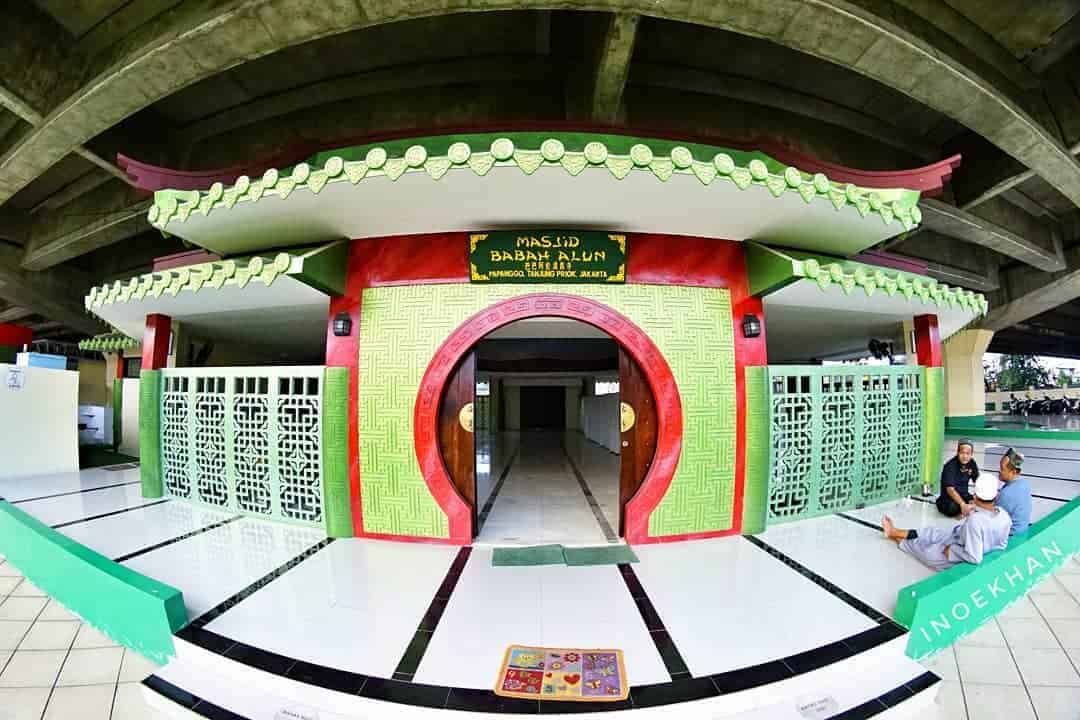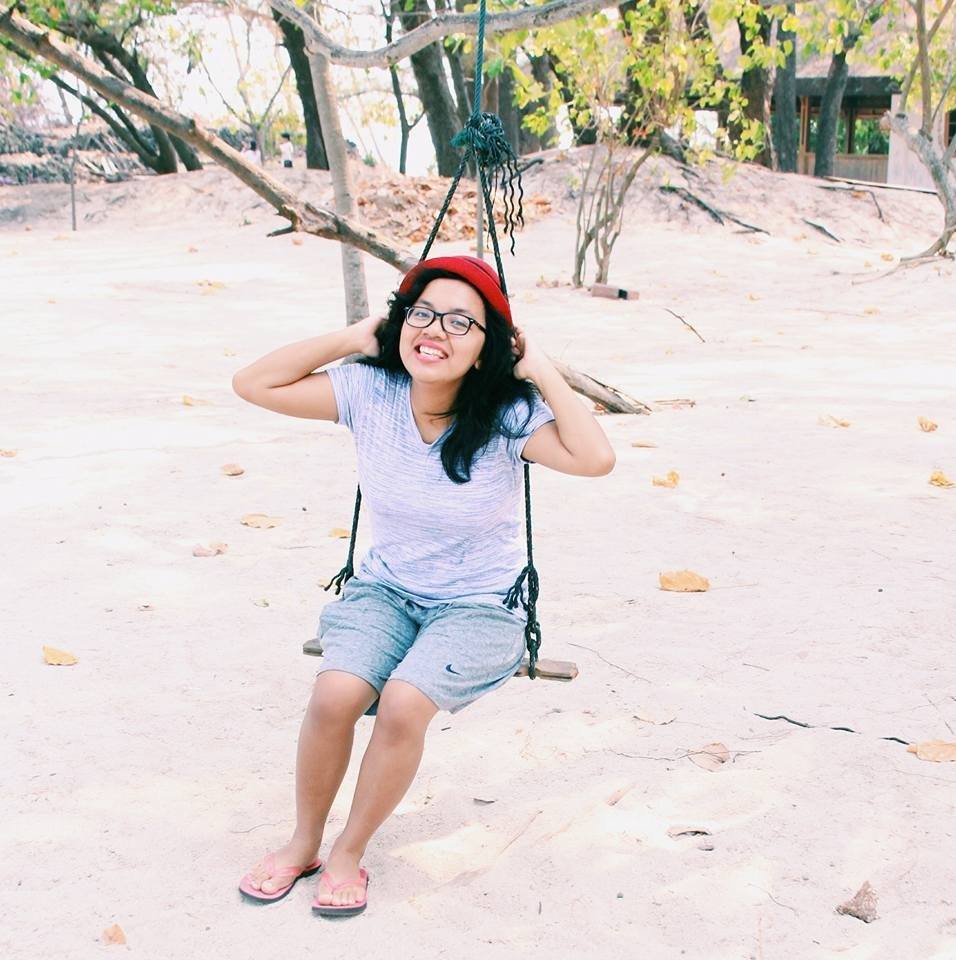
Babah Alun Mosque is under the Pelabuhan toll with oriental architecture.
If you often pass under the Pelabuhan Toll, in the Warakas, Tanjung Priok you may be familiar with a building with oriental architectural style. The building seems to contrast with the surrounding area which is densely populated. Seen from the outside, uninitiated people would think the building is a temple or monastery. But who would have thought, a building that stood firm under the toll road is a mosque.
Babah Alun Mosque was founded by Jusuf Hamka, a Chinese convert who is listed as an Independent Commissioner of PT Citra Marga Nusaphala Persada, a company who built a number of toll roads in Indonesia. The name Babah Alun is also taken from the figure of the founder. Babah means father, while Alun is Jusuf's nickname when he was a child.
Oriental architecture in this mosque is not without reason. This is a form of acculturation between Chinese, Indonesian and Islamic cultures. If you see the entrance of the mosque, maybe you will remember the door of the Kungfu school that you have seen in the film. Unlike most mosques which have rectangular shape, the mosque has octagonal shape. Babah Alun Mosque has green reliefs with oriental motifs. The dome which is the general characteristic of a mosque also does not exist. This is because location of the mosque is under toll road, so it is not enough to make a dome.
On the porch of the mosque there is a "Sacred Boundary" word accompanied by Chinese-language inscriptions below. In terms of Islamic history, Babah Alun Mosque took the struggle philosophy of the Prophet Muhammad and his Companions. First, the struggle of Umar bin Khattab while preaching in Palestine. And the struggle of Salahuddin Al Ayubi when he was conquering Spain.












